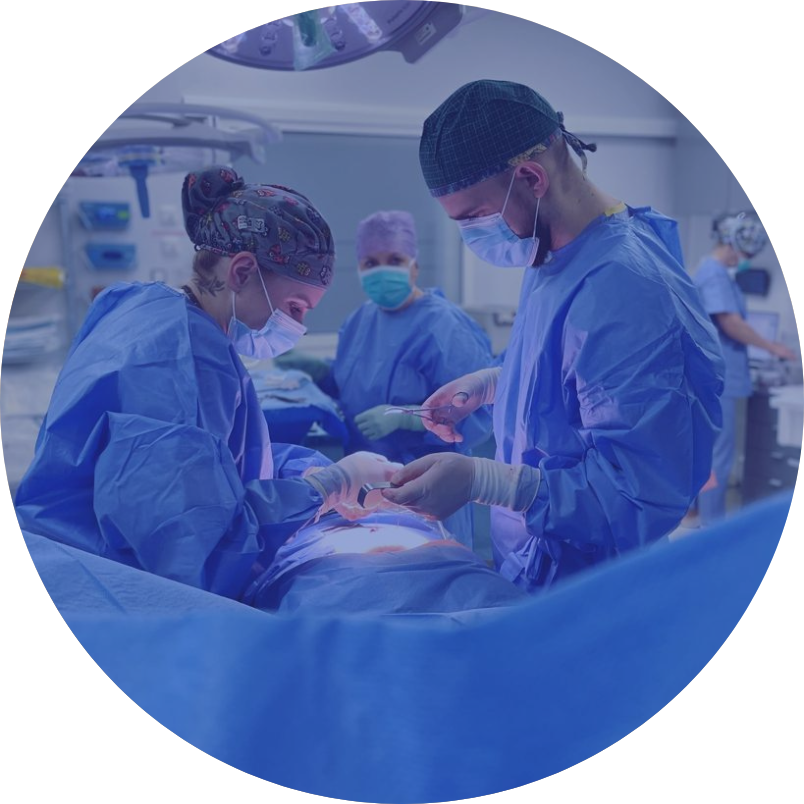Gall bladder removal



OPERATIONS
Cholecystectomy is usually performed due to problems with the gall bladder. It is a common disease and it is diagnosed in developed countries in 10% of people over 50 years of age. Biliary colic has a recurring nature. It manifests itself with pain in right upper quadrant pain, most often radiating to the right shoulder.
Common symptoms are accompanied by vomiting. Sharp cholecystitis has more severe symptoms. The presence of stones in the gall bladder and pain are the most common indication for cholecystectomy. Untreated cholelithiasis can lead to the creation of a gallbladder with the necessity for urgent surgery. Complications of cholelithiasis can include gallstones, mechanical jaundice, acute pancreatitis or peritonitis caused by perforation of the gallbladder. With long-term gall bladder gallstones, the risk of gallbladder cancer is increased.
The procedure is performer under general anesthesia. Removal of gall bladder through laparoscopic surgery involves the removal of the entire gall bladder with stones from the access via several openings on the abdominal skin. In the first part of the procedure, gas (carbon dioxide) is input into the abdominal cavity to separate the organs from each other as they adhere to each other in normal conditions.
Then, through point cuts the surgeon introduces a camera and the tools needed to perform the surgery into the abdominal cavity. The surgeon, while looking at the TV monitor can observe the operating field and at the same time use the tools with which he operates. The cut-out gallbladder is extracted outside through a 2-cm cut in the area of the navel.
In case of such a necessity, the procedure may be continued in an „open” technique. Change of the technique occurs in around 5% of the patients. What differs both methods is the operational access and the time of full recovery (in the case of laparoscopy it is significantly shorter). In “open” cholecystectomy, the access to the abdominal cavity is achieved by a few-cm cut under the right rib or in the middle line of the body. Initially, the procedure is always planned to be performed with the laparoscopic technique.

